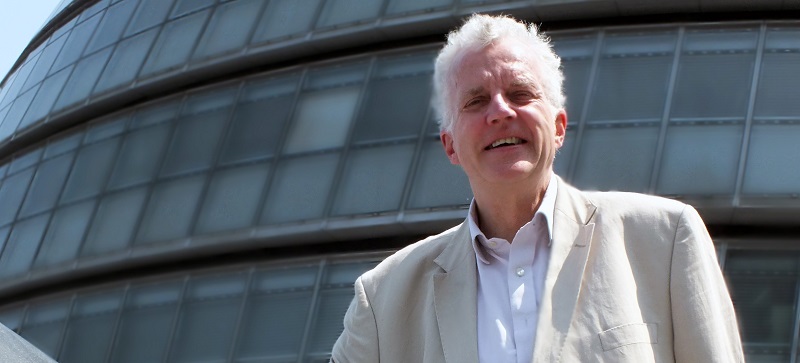London has suddenly become a cycling city. As the recently issued statistics show, in the space of just five years, the number of cyclists on central London streets has doubled and the growth seems set to continue. Indeed, as I ride around London I am struck by the volume and diversity of cyclists ranging from day-glo lycra racers to young smart looking women with high heels in their panniers.
The reasons for this increase are not entirely understood. Undoubtedly there are what Gordon Brown would call exogenous factors: the congestion charge and the recent bombings have both given many people the incentive to jump on their bikes: the former because it has helped clear London’s streets of cars and the latter because of the perception that the Underground is now a target for terrorists.
Moreover, the provision of facilities has also improved immeasurably. Cycle lanes, special traffic lights, and signs for cyclists have popped up all around London. I had been rather dismissive of one of the most ubiquitous: the advanced stop lines at traffic lights which have a green area reserved for cyclists. That was a mistake. In themselves, they are quite useful in ensuring that cyclists can get to the front of the queue at a red light but more important, though, is their very ubiquity. It is sending out a message to all motorists that cyclists have a right to road space too. And they are subliminally telling cyclists: ‘you have a right to be there’.
They have helped changed the interface between cyclists and motorists in London which is far less confrontational. People may not like some of the cyclists bad habits such as jumping the odd red light (that is a debate which I will discuss another time in this column) but motorists have come to accept and expect them.
Nevertheless, none of these factors explains the huge growth. It is, though, underpinned by a big increase in the amount of money being invested in cycling measures by the mayor, thanks to pressure from the Greens, some board members of Transport for London and the very successful cycling unit within TfL. Three years ago Bob Kiley, the Transport Commissioner had proposed cutting the budget for cycling, failing to recognise its importance in London but this was quickly quashed and now the mayor intends to spend £26m next year, five times the amount when he was first elected five years ago.
And it has made a fantastic difference. A friend who has just started cycling in the capital after a gap of three years tells me she finds it much easier thanks to the improvements. And they are being well used. For example, there is a dedicated two way cycle lane in Tavistock Place, part of a link between main line stations, that is so heavily frequented that at times cycle traffic jams are created.
Spending in London on cycle facilities has now risen in the past five years from 70 per head to around £2 50, which is comparable with European levels. The wider message from this success is that it dispels the negative view of many transport planners and politicians – that Europe was somehow different and Britain could never hope to reach the modal share of cycling of other Northern European countries.
The lesson, though, is that this increase cannot be brought about by simply setting a target as happened here in the 1990s when the government said cycling’s share should quadruple within 15 years. Rather, as London’s success shows, a lot of effort and some money (miniscule in transport infrastructure terms) has to be invested and, at last, ministers seem to have recognised this.
The Department for Transport is giving money through Cycling England, the quango created earlier this year with the remit of boosting cycling across the country, to six demonstration towns to see whether the London experience can be replicated elsewhere (I have to declare an interest here by saying I am on the board of Cycling England, a sadly unremunerated post). The amount of money is not enormous – £8.4m over three years matched by the local authorities – but could be the seed corn for a transport revolution.
The idea is to see if similar rises can be achieved through funding a variety of measures in these towns. They are all somewhat different: Darlington has virtually no cycling, despite being flat; Lancaster has provided a lot of new facilities and cycling seems about to take off exponentially; Aylesbury has successfully marketed buses, with a big increase in usage and wants to see if the same can be done for cycling; Exeter is rebuilding all its secondary schools and aims to create a cycling culture for the pupils (something which has been very successful in Denmark); Derby is focussing on young people generally, the under 25s; and Brighton is providing a lot of extra facilities in a town with a good tradition of cycling despite being quite hilly, notably a second east-west route to complement the existing one on the seafront.
Cycling England has placed great emphasis on monitoring, to ensure the lessons of the demonstration towns can be learnt and copied. The importance of this project cannot be underestimated. It is a shame that the government has been rather timid and only given Cycling England a budget of £5m per year, but if the experiment in these towns proves successful, the case for a greatly expanded budget will be unanswerable, especially as boosting cycling can help fulfil so many of the government’s transport, health and environmental objectives.
